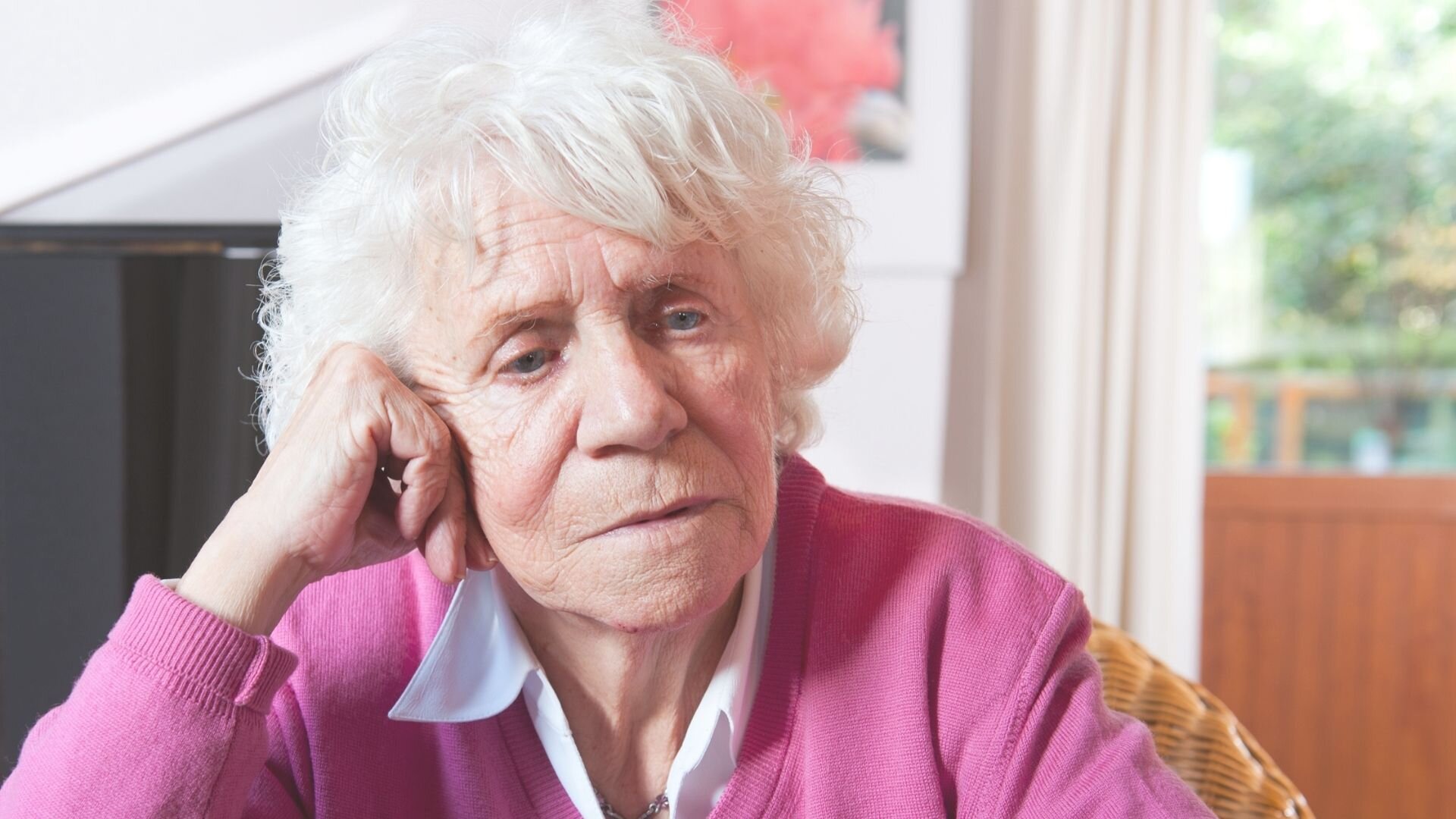
Barbara feels isolated.
Since Dad’s death last year, my mother, Barbara, has managed to stay in their home, but I’m worried about her increasingly frail health. She’s had a couple of falls, relies largely on a toast and tea diet, and doesn’t go out much. On top of grieving Dad’s loss, the pandemic has made her world even smaller. Me and the kids haven’t been able to visit for months, as we live out of town and are afraid of exposing her to the virus. Mom doesn’t use a computer and hasn’t been to bridge or church. She seems overwhelmed and almost always sad – she’s calling me every day, and I miss her laugh.
Occupational therapists are essential to mental health. Barbara needs an OT.
DEPRESSION AND ANXIETY can spiral out of control during a crisis, especially in the absence of emotional support and social contact. Profound feelings of isolation can suppress an individual’s will to take charge of their own life and can rob an older person of happiness in their final years. About 30% of Canadian seniors are at risk of becoming socially isolated.¹ Seniors who are socially isolated, compared to those who are not, make more visits to their doctor and to emergency rooms; they use more mediction; fall more often; and enter residential care sooner.²
Fortunately, Barbara’s doctor was part of a care team and referred her to the team’s OT. The occupational therapist helped Barbara to:
Build a new routine that focusses on what she can do instead of what she cannot do on her own.
Foster a renewed sense of confidence by breaking down activities into manageable steps. Identify solutions to narrow the gaps between what Barbara can do and wants to do.
Find opportunities for socialization that are safe, achievable and attainable, such as community centre outings with other seniors.
Get referred to other primary care health team members. A physiotherapist, to help improve Barbara’s mobility to protect her from falls; a dietician to provide education about a healthy diet that is easy to make and follow.
Overcome roadblocks to adopting these new recommendations. Help Barbara find community resources to help her with some tasks such as cleaning the house and shovelling the snow.
Modify her home affordably and effectively. Assess Barbara’s home environment and her abilities to identify areas of risk where Barbara might have a fall or an accident. Brighten Barbara’s space and rearrange cupboards to make preparing meals easier. Declutter. Recommend mobility aids or other equipment where needed.
Because of occupational therapy, I can hear Mom’s laugh again.
The Canadian Association of Occupational Therapists (CAOT) provides a searchable national directory of occupational therapists for all Canadians to find the occupational therapy services they need.
Occupational therapy. Making the everyday possible.
1. Keefe, J., Fancey, P., Andrew, M., and Hall, M. (2006). A profile of social isolation in Canada. Prepared for Federal/Provincial/Territorial Committee of Officials (Seniors). Retrieved July 15, 2015.
2. Cohen, G.D. et al. (2006). The impact of professionally conducted cultural programs on the physical health, mental health, and social functioning of older adults. The Gerontologist 46 (6). Accessed February 2, 2016.
